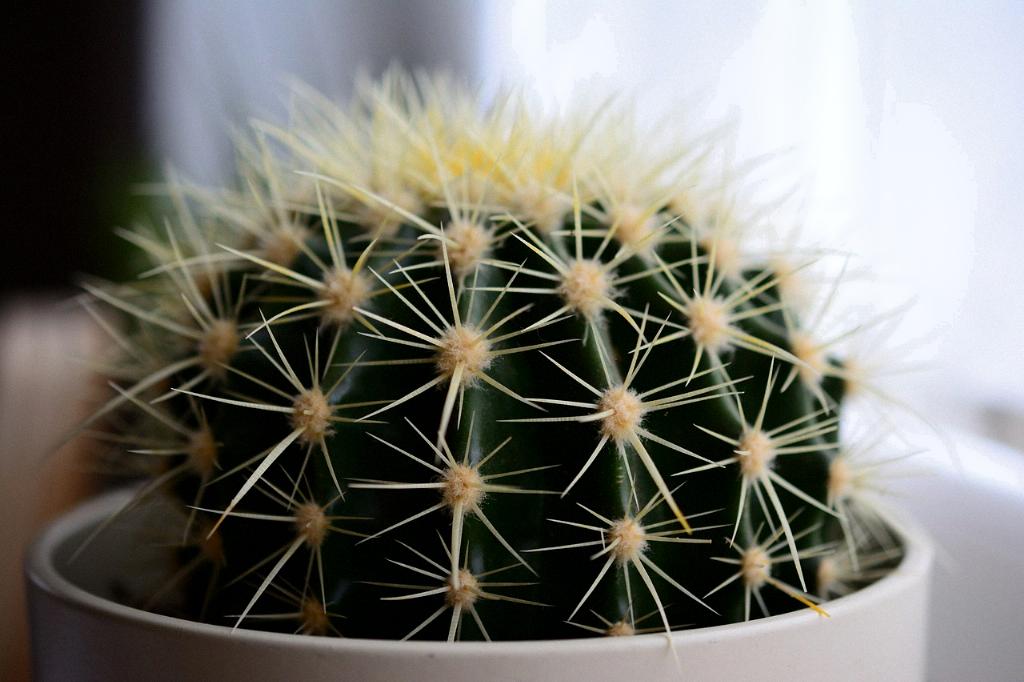So you’ve decided to bring a touch of desert beauty into your home by adding a cactus to your plant collection. Cacti are fascinating plants that come in various shapes and sizes, making them the perfect low-maintenance addition to any space. However, proper care is essential to ensure your cactus thrives and remains healthy.
Choosing the Right Pot and Soil
When it comes to caring for your cactus, selecting the right pot and soil are crucial first steps. Opt for a pot with drainage holes to prevent water from stagnating at the roots, which can lead to root rot. Additionally, choose a well-draining cactus mix or create your own by combining sandy soil with perlite or pebbles to promote proper drainage.
Providing Adequate Light
Cacti are sun-loving plants that thrive in bright, indirect light. Place your cactus near a south or west-facing window to ensure it receives sufficient sunlight throughout the day. If natural light is limited, consider using a grow light to supplement its light requirements.
Watering Your Cactus
One of the most common mistakes in cactus care is overwatering. Cacti are drought-tolerant plants that store water in their stems and do not require frequent watering. Wait until the soil is completely dry before watering your cactus, typically every two to three weeks depending on the environment.
Preventing Root Rot
Root rot is a serious issue that can occur if a cactus is overwatered or planted in soil that retains too much moisture. To prevent root rot, ensure your cactus is potted in well-draining soil and only water when the top few inches of the soil are dry. Remove any excess water that collects in the saucer beneath the pot to avoid waterlogging.
Fertilizing Tips
During the growing season in spring and summer, you can fertilize your cactus with a balanced, water-soluble fertilizer diluted to half strength. However, avoid fertilizing during the winter months when the plant is dormant. Over-fertilizing can harm your cactus, so moderation is key.
Temperature and Humidity Considerations
Cacti prefer warm, dry environments and do not tolerate cold temperatures or high humidity well. Keep your cactus away from drafts and extreme temperature fluctuations, aiming for a consistent temperature range between 70-85°F (21-29°C). Avoid placing your cactus near air vents or radiators that can create dry air.
Pruning and Repotting
While cacti generally require minimal pruning, you may need to remove any dead or damaged parts with clean, sharp scissors. Repot your cactus every 2-3 years to refresh the soil and provide more space for growth. Repotting is best done in the spring before the growing season begins.
Dealing with Pests
Although cacti are relatively pest-resistant, they can still attract common houseplant pests like spider mites or mealybugs. Keep an eye out for signs of infestation such as webbing or sticky residue on the plant. If pests are present, isolate the affected cactus and treat it with an appropriate insecticidal soap or neem oil solution.
Monitoring Growth and Health
Regularly inspect your cactus for any signs of stress or disease, such as wilting, discoloration, or mushy spots. Address issues promptly to prevent them from spreading and impacting the overall health of your plant. Healthy cacti have turgid stems, vibrant colors, and show signs of new growth.
Conclusion
Caring for a cactus is a rewarding experience that requires minimal effort but can bring years of enjoyment as you watch your plant thrive and bloom. By following these care tips and staying attentive to your cactus’s needs, you can create an optimal environment for your desert-dwelling beauty to flourish in your home.

